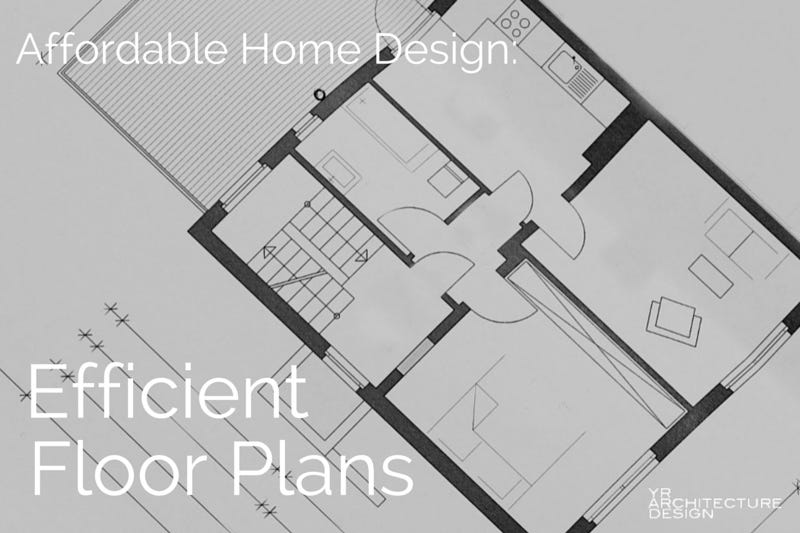
From Concept to Creation: Home Design Drawing Skills
Exploring the Essentials of Home Design Drawing
Home design drawing is the cornerstone of any successful interior or architectural project. It serves as the bridge between conceptualization and realization, allowing designers and architects to bring their ideas to life with precision and clarity. In this article, we delve into the essential skills and techniques that professionals and enthusiasts alike can employ to master the art of home design drawing.
Mastering the Basics of Drafting
At the heart of home design drawing lies the art of drafting. This fundamental skill involves the precise depiction of architectural elements, from floor plans and elevations to sections and details. Mastery of drafting techniques enables designers to communicate their ideas effectively, ensuring accuracy and consistency throughout the design process. Whether using traditional drafting tools or digital software, understanding the principles of scale, proportion, and dimensionality is essential for creating detailed and accurate drawings.
Visualizing Spatial Relationships
A key aspect of home design drawing is the ability to visualize spatial relationships within a given environment. This skill involves understanding how different elements interact and function within a space, including circulation patterns, furniture layouts, and architectural features. By honing their spatial awareness, designers can develop drawings that not only look aesthetically pleasing but also functionally sound, enhancing the usability and comfort of the space for its occupants.
Utilizing Perspective Drawing Techniques
Perspective drawing is a powerful tool for conveying depth and dimensionality in home design drawings. By employing techniques such as one-point, two-point, and three-point perspective, designers can create realistic and immersive representations of interior and exterior spaces. Perspective drawing allows for the accurate depiction of scale and proportion, helping clients and stakeholders visualize the final design concept with clarity and realism.
Experimenting with Rendering and Visualization
Rendering and visualization techniques play a crucial role in bringing home design drawings to life. Whether through hand-drawn sketches or computer-generated renderings, designers can imbue their drawings with texture, color, and atmosphere, enhancing their communicative power and emotional impact. By experimenting with different rendering styles and media, designers can evoke various moods and aesthetics, allowing clients to experience the proposed design in vivid detail.
Embracing Digital Tools and Technologies
In today’s digital age, home design drawing has been revolutionized by a wide array of digital tools and technologies. Computer-aided design (CAD) software, 3D modeling programs, and virtual reality (VR) platforms have become indispensable resources for designers and architects, offering unprecedented levels of precision, flexibility, and interactivity. By embracing these digital tools, designers can streamline their workflow, collaborate more effectively with clients and colleagues, and explore innovative design possibilities with ease.
Fostering Creativity and Expression
While technical proficiency is essential in home design drawing, fostering creativity and expression is equally important. Drawing serves as a means of exploration and experimentation, allowing designers to push the boundaries of conventional thinking and unleash their imagination. By cultivating a mindset of curiosity and innovation, designers can develop unique and compelling design solutions that resonate with their clients’ needs and aspirations.
Refining Communication and Presentation Skills
Effective communication is at the heart of successful home design drawing. In addition to technical proficiency, designers must possess strong verbal and visual communication skills to articulate their ideas and concepts to clients, contractors, and other stakeholders. From client presentations to construction documents, clear and concise communication is essential for ensuring that the design intent is understood and executed accurately throughout the project lifecycle.
Continued Learning and Growth
Home design drawing is a skill that evolves with practice and experience. Designers and architects must commit to lifelong learning and professional development to stay abreast of emerging trends, technologies, and methodologies in the field. Whether through formal education, workshops, or self-directed study, ongoing learning enables designers to expand their repertoire of skills and techniques, fueling their passion for creativity and innovation in home design drawing.
In conclusion, home design drawing is a multifaceted discipline that encompasses technical proficiency, creative expression, and effective communication. By mastering the essential skills and techniques outlined in this article, designers and architects can unlock the full potential of their design visions, from concept to creation. Read more about home design drawing
